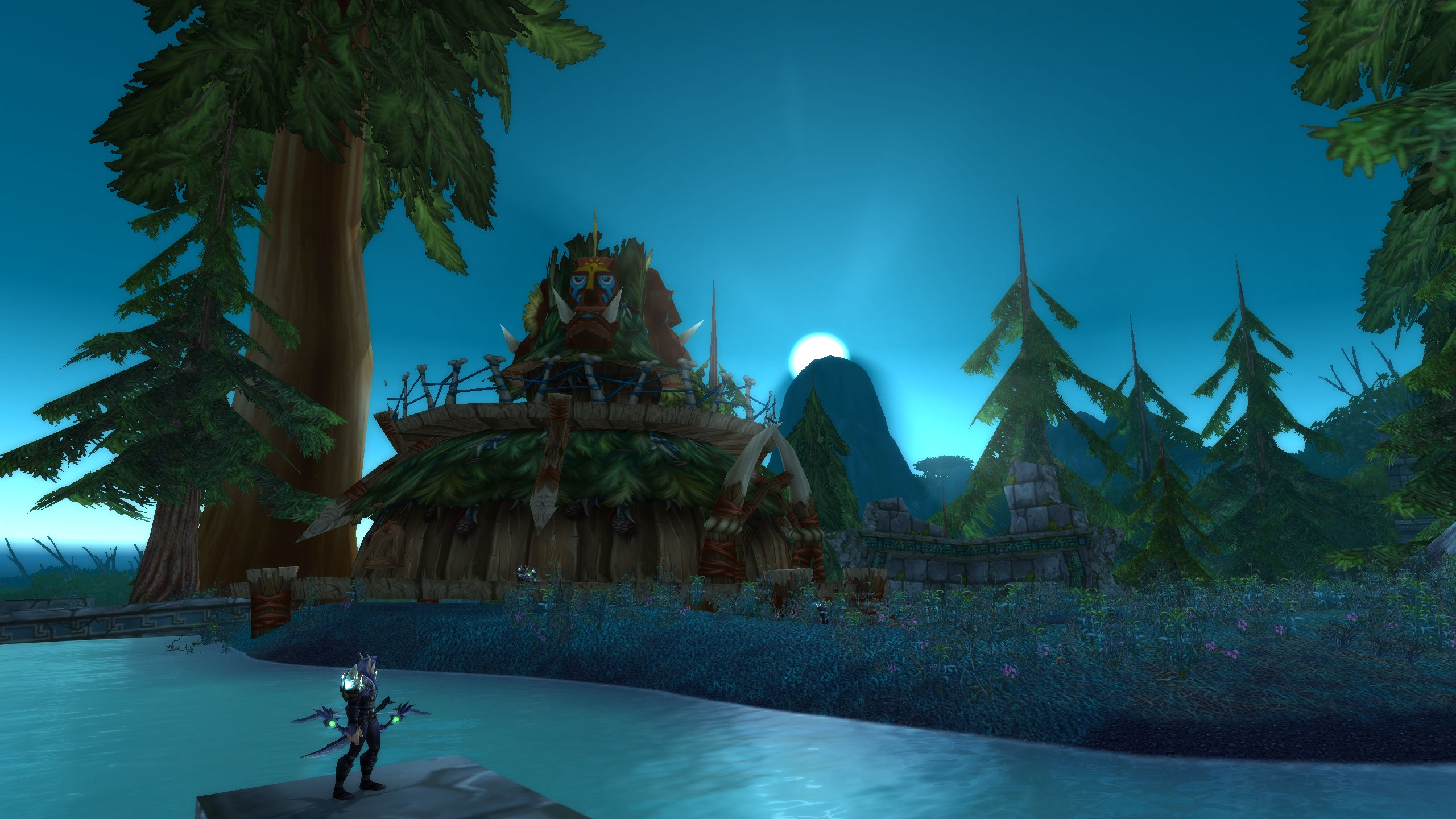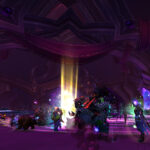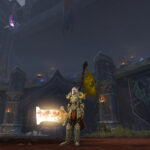Introduction: Fast Track to End‑Game Gear
Reaching end‑game gear levels in World of Warcraft can take weeks or months of regular play, but a raid boost cuts that time down to a few sessions. With a boost, you join or hire a high‑skill team that handles the toughest bosses for you. Instead of forming a pick‑up group, learning specific fight mechanics, and dealing with wipes and resets, you book a run that matches your goals—whether that’s a single boss kill, a full raid clear, or a run focused on a key loot piece. The boost team handles coordination, strategy, and recovery from any wipes, letting you focus on logging in and claiming your rewards. This approach removes much of the grind and uncertainty, so you move quickly from average gear to the levels needed for the hardest content in the game.
Most boost services offer two main modes: self‑play and piloted. In self‑play, you join the raid voice channel and follow the leader’s calls on your own account. You learn the boss fights in real time, with pros guiding you step by step. In piloted runs, you hand over your account to an expert player who runs the raid on your behalf, letting you watch and learn—or simply relax while the pilot secures your drops. Both modes aim for speed and reliability: wipe recovery is fast, loot rolls follow the same rules as any raid, and many providers offer options to target specific items or achievements. By the end of your booked session, you emerge with gear that would usually take a full season of regular raids to collect.
Booking a raid boost is straightforward. You pick your region, time slot, and run type on the provider’s site, enter your character details, and pay the fee. Confirmation arrives quickly, and you join a private raid group at the scheduled time. With voice chat up and your addons ready, you launch into the raid. In most cases, a single‑boss run takes 1–2 hours and a full clear takes 2–4 hours. That means you can go from entry‑level gear to ready for end‑game challenges in less than a day’s play.
Why End‑Game Gear Matters
End‑game gear sets the stage for the most challenging content in WoW. Item levels on gear determine your character’s core stats—strength, agility, intellect, stamina—and these stats directly affect your damage output, healing power, or survivability. In end‑game dungeons and raids, bosses hit hard and progress moves quickly. If your gear falls short, you’ll struggle to keep up with mechanics, heal through heavy damage phases, or maintain threat as a tank. Even a small bump in item level can mean the difference between clearing a dungeon quickly or wiping repeatedly. With boosted gear, you step into groups as a competitive player capable of holding your own from the first pull.
Beyond raw performance, end‑game gear impacts group access and reputation. Many guilds and pickup groups screen applicants for minimum item‑level requirements. Carrying high‑level pieces signals to raid leaders that you can handle advanced fights and will contribute effectively. This leads to more invites, smoother progression runs, and a more enjoyable experience overall. Guild officers and group coordinators see your gear level at a glance when they check your character profile, so having end‑game items opens doors to hard‑mode raids, achievement runs, and tournament‑style events.
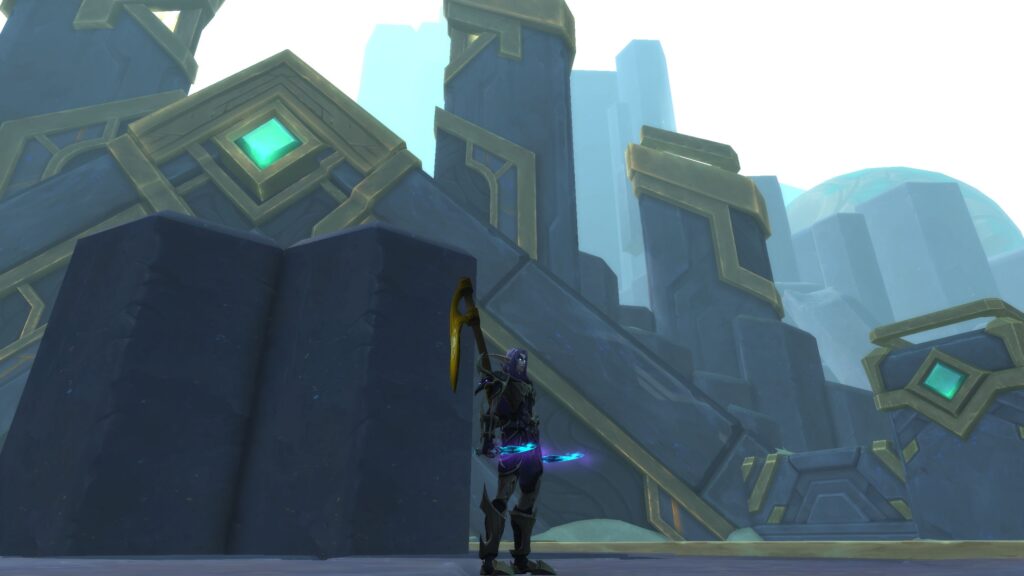
Finally, end‑game gear ties into milestone rewards that offer titles, mounts, and cosmetic items unavailable in normal play. Certain achievements unlock only after you clear content at the highest difficulty with full‑gear requirements. If you aim to complete your collection or show off a unique transmog look, boosted gear helps you meet those requirements quickly. Instead of spending weeks mastering every boss, you can focus on fine‑tuning your performance and chasing those final cosmetic rewards.
Types of WoW Raid Boost
Raid boost services break down into three main types of runs, each designed for a specific goal and play style. The most common option is the single‑boss run. Here, you target one boss kill at Mythic difficulty to grab a specific gear piece or achievement. Single‑boss runs usually take 1–2 hours, making them ideal if you need just one drop or want to tick off an achievement without investing in a full clear. Providers list which bosses are available and often offer add‑ons for loot guarantees if you miss your roll.

Full‑raid clears cover every boss in a raid wing or the entire raid instance. These runs last longer—typically 2–4 hours—but they maximize loot opportunities and give you chance at multiple gear pieces. Full clears are great when you need several items or want to push your item‑level quickly. Many boost teams offer discounts for full clears compared to booking several single‑boss runs back‑to‑back, making them a cost‑effective choice for gearing up fast.
The third type is a loot‑target run. This hybrid focuses on specific bosses that drop a range of desired items. For example, if you need a trinket from Boss A and a helm from Boss B, a loot‑target run may hit both but skip others. This option saves time by avoiding bosses that don’t drop your needed slots. It sits between single‑boss runs and full clears in both duration and price. By picking the right run type, you control the balance of time, cost, and loot potential to fit your end‑game gearing plan.
Service Modes
Raid boost providers offer two main service modes to fit different player preferences and comfort levels. In self‑play runs, you join the raid voice channel, log into your own account, and follow the leader’s directions in real time. You call out cooldowns, target markers, and movement cues just like in a normal guild raid—only the team is made up of high‑skill players who know boss mechanics inside out. This mode gives you full control of your character and a chance to learn strategies firsthand. It’s ideal for players who want to build their skills quickly while still getting top‑tier loot.

In piloted runs, you hand over account access to an expert pilot who runs the raid on your behalf. You can watch the process in spectator mode or simply log off and check your loot afterward. The pilot handles all mechanics, wipes, and loot rolls until the target bosses are down. After the run, you log in to find any won items in your mailbox. This mode is best if you’re short on time, nervous about complex fights, or want a hands‑off approach.
Key differences at a glance:
- Control
- Self‑play: you make real‑time decisions.
- Piloted: pro makes every move.
- Learning
- Self‑play: active learning and practice.
- Piloted: passive watching or absence.
- Time Investment
- Self‑play: full session attendance required.
- Piloted: you can step away once the run starts.
- Account Security
- Self‑play: no password sharing.
- Piloted: temporary access under provider security rules.
Choosing the right mode depends on your goals: skill gain plus loot, or pure speed and convenience.
Booking Steps
Booking a WoW raid boost is a simple, four‑step process that you can complete in under five minutes. Follow these steps to secure your spot and prepare for end‑game gear:
- Pick Your Provider and Region
- Compare prices, read user reviews, and verify security measures.
- Select EU or US servers based on your account location and time zone.
- Choose Run Type and Mode
- Decide between single‑boss kill, full‑raid clear, or loot‑target run.
- Select self‑play or piloted service mode to match your comfort level.

- Enter Character Details
- Provide your character name, server, class, and spec.
- Confirm your item level and any special loot targets.
- Complete Payment and Confirmation
- Pay via credit card, PayPal, or cryptocurrency.
- Receive instant or near‑instant booking confirmation with raid time, voice‑chat links, and any setup instructions.
After booking, clear your schedule for the run window, update addons, and test your voice‑chat setup if you chose self‑play. Providers often send a reminder message a few hours before the run. Keep an eye on your email or the provider’s dashboard for any last‑minute updates or reschedule notices. With these steps done, you’re ready to log in on run day, join the group, and claim your end‑game gear.
Timeline to Gear
A clear timeline shows how quickly you move from booking to fully equipped. Most players complete the boost in just three days, with focused effort and minimal downtime:
| Day | Action | Outcome |
|---|---|---|
| Day 1 | Sign up, payment, and prep | Booking confirmed, addons ready |
| Day 2 | Raid session and loot rolls | Boss kills, gear drops secured |
| Day 3 | Gear delivery and review | Items in mailbox, feedback sent |
- Day 1: You choose your run type, pay the fee, and receive confirmation. If you’re self‑playing, you install or update boss‑mod addons and set your specialization. If you’re piloted, you share temporary login details under the provider’s secure system.
- Day 2: At the scheduled time, you join the custom group or voice channel. The team clears bosses according to your run type. Wipes are handled efficiently, with fast resets until every targeted boss is down. You roll on loot as usual and select the items you need.
- Day 3: You log in, check your in‑game mail, and equip your new gear. Many providers follow up with a survey or a small discount code. With your end‑game items in place, you can jump straight into high‑level content without delay.
Account Setup Checklist
Before your raid boost run, preparing your account helps you avoid delays, ensure drops, and meet provider requirements. Follow this checklist to get ready for end‑game gear:
- Clear inventory space and mailbox: Make room for new gear by selling or storing unneeded items. A full inventory can block important loot and slow down the run.
- Verify your specialization and talents: Confirm that your character’s spec matches the role you booked. Switch talents, glyphs, or soulbinds if needed to match provider guidelines.
- Update key addons: Install or update boss modules, damage meters, and any utility addons specified by the provider. Outdated addons can cause errors or missed warnings.
- Test voice‑chat setup: For self‑play runs, join a test channel with friends or the provider’s support team. Check your microphone, push‑to‑talk settings, and volume levels to ensure clear calls during the raid.
- Check login details for piloted runs: Ensure you have the correct account name, password, and two‑factor codes ready—share only what the provider requests.
- Prepare consumables: Have flasks, potions, and food buffs queued on action bars. Even in piloted runs, the pilot may ask you to set these up.
- Verify internet stability: Use wired or high‑quality wireless connections. Avoid mobile hotspots to reduce risk of disconnection mid‑run.
Completing these steps several hours before your scheduled slot keeps your run on time and helps you claim gear without last‑minute issues.
Tips for Smooth Runs
A few practical tips can help you make the most of your raid boost. These tactics will keep you on schedule, avoid confusion, and improve your chance of getting the items you need:
- Book off‑peak hours: Early mornings or late nights often mean faster group formation and fewer cancellations. Providers have more available teams then.
- Double‑check time zones: Confirm your local time zone against the provider’s schedule—mismatches can lead to missed runs.
- Keep chat brief and clear: Use short voice callouts or text chat when needed. Clear communication about cooldowns and mechanics speeds up boss kills.
- Have a backup slot: If your first slot fills or a team cancels, a second booking helps you stay on track without losing progress.
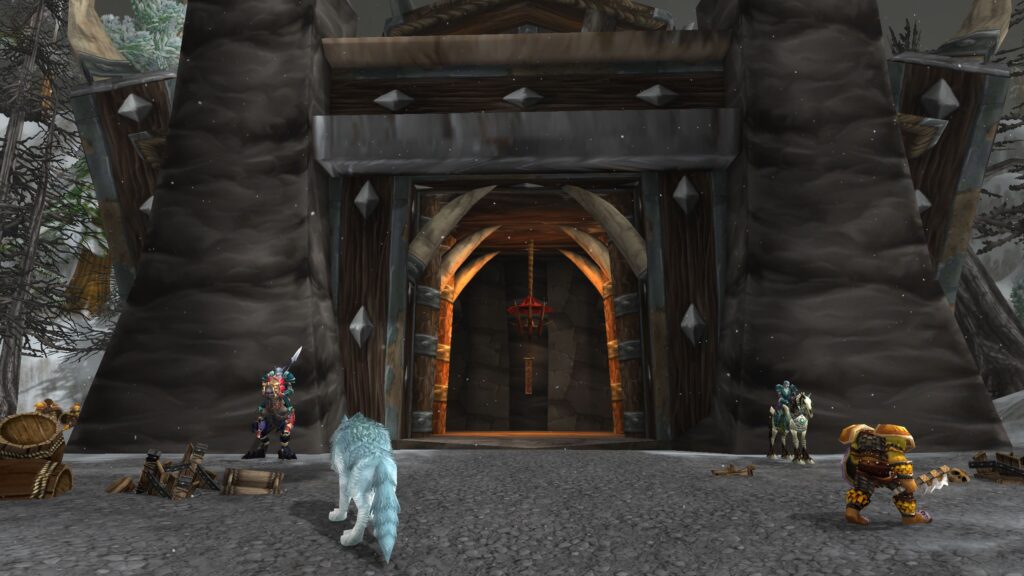
- Roll wisely: When you win loot, take the item that best fits your needs or trade value. Pass on unwanted drops to boost your value with the team.
- Provide real‑time feedback: Alert the leader or pilot to addon errors or spec mismatches so they can adjust quickly.
- Stay logged in post‑run: Some pilots deliver loot via in‑game mail. Check your mailbox before logging off.
- Rate the team: Leaving a review builds your reputation with the provider and may unlock priority booking or loyalty discounts.
- Choose a reliable provider: Select a service with positive feedback, clear support channels, and a track record of on‑time runs to protect your investment.
Applying these tips will help you move through your boost run without hiccups and secure your end‑game gear as intended.
Common Questions
Before booking a raid boost, you may have questions about safety, timing, or fees. Here are answers to the most frequent concerns, so you can book with confidence:
- Is my account at risk? Reputable providers use secure login methods and support two‑factor authentication. In self‑play runs, you never share passwords; in piloted runs, access is temporary and protected.
- How long does a run take? Single‑boss runs often last 1–2 hours. Full‑raid clears take 2–4 hours, including wipe resets. Providers list estimated durations before you book.
- What if I miss my roll? Many boost services offer loot‑guarantee add‑ons at booking. If you lose a roll, you can rebook the boss at a discount until you win that drop.
- Can I cancel or reschedule? Cancellation is usually free up to 24 hours before the run. Reschedules within 12 hours may incur a small fee. Always check each provider’s policy.

- Do I need specific addons? Self‑play runs require boss‑mods and utility addons for callouts. Piloted runs require no addons since the pilot handles all mechanics.
- Will I learn fight strategies? Self‑play runs give you live tips from the leader. Piloted runs offer less learning but more speed; you can watch the pilot’s moves in spectator mode.
- What if the team wipes repeatedly? The group resets quickly and continues until the target boss or full clear is down. Some services cap attempts and offer partial refunds.
- Are boosts available for every raid? Yes. Providers cover the latest raid tiers, older wings, and seasonal content. Check the site for available instances and bosses.
With these answers, you should have a clear idea of how raid boosts work and what to expect when you book your session.
Wrap‑Up and Next Steps
Booking a raid boost is the fastest way to equip your character with the gear needed for end‑game dungeons, raids, and achievement runs. You’ve learned how boost types differ, which service mode suits your play style, and how to handle the booking process. A clear timeline shows you can go from average gear to end‑game stats in just three days—or less with piloted runs. By preparing your account, following tips for smooth runs, and understanding common questions, you can reduce delays and maximize your loot gains. When you finish your first boost, you emerge ready for high‑pressure content, in‑game recruitment channels, and milestone rewards that require top gear.
To move forward, follow these next steps:
- Compare providers based on price, reviews, and security to find one you trust.
- Choose a run type that matches your goals: single‑boss, full‑clear, or loot‑target.
- Select your mode: self‑play for hands‑on learning or piloted for pure speed.
- Book at least 24 hours ahead to secure the best slots and off‑peak discounts.
- Prepare your account by clearing inventory, updating addons, and testing voice chat if needed.
- Join the run on time, follow instructions, roll on loot, and equip your new gear.
After your run, rate the provider and plan your next boost—whether that’s higher‑level keys, older raid wings, or seasonal achievements. With end‑game gear in hand, you’re set to tackle the toughest challenges World of Warcraft has to offer. Good luck on your runs and enjoy the new level of play that top items bring.
